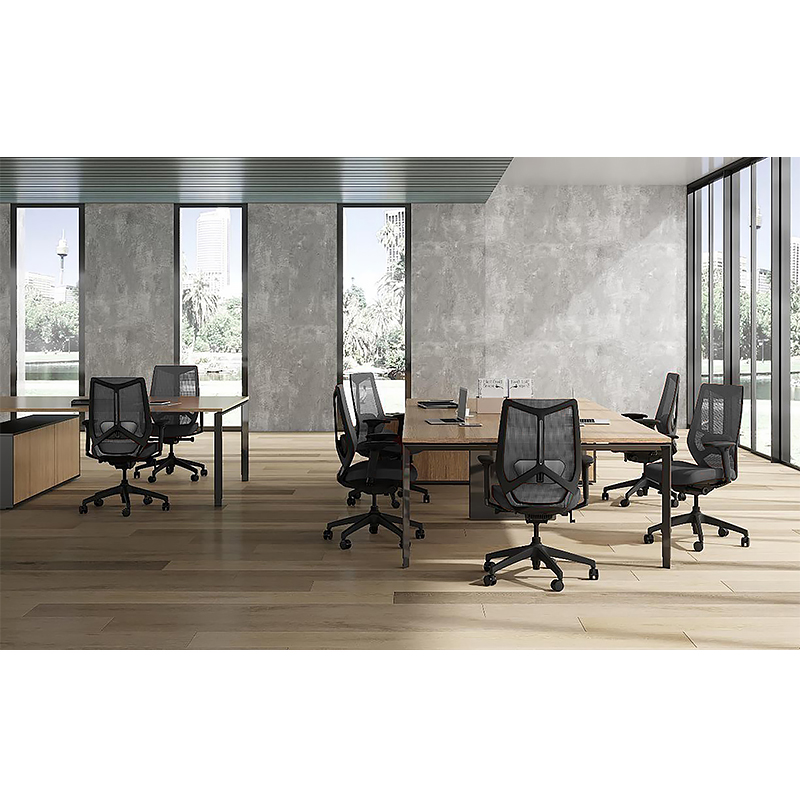When designing a workspace, the selection of office furniture, specifically office chairs, plays a pivotal role in dictating the comfort level, productivity, efficiency, and overall health of employees. Two of the most popular office chairs today are drafting office chairs and conventional office chairs. Recognizing when to choose what can significantly elevate the work environment and life quality is essential.
Drafting Office Chairs: Versatile and Adaptable
Drafting office chairs, characterized by a heightened seat position with adjustable height features, are optimized for practical use in dynamic work environments. They offer a versatile range of use cases.
- Standing Desks or Counters: The drafting chair is ideal if your workspace involves frequent standing or using elevated desks or counters. The height of the drafting chair easily matches that of a standing desk, promoting an enhanced ergonomic alignment.
- Design Studios or Architectural Workspaces: Drafting office chairs are particularly advantageous for artistic and architectural spaces that involve high tables or drafting surfaces. Its adaptability provides an optimal visual range and prevents unwanted back strain.
- Dynamic and Collaborative Workspaces: If your work demands a quick shift from sitting to standing positions or frequent movement across the workspace, the drafting chairs, owing to their swivel designs, can be your perfect companion.
Conventional Office Chairs: Timeless and Comfortable
On the other hand, conventional office chairs offer timeless comfort and support. Lower in seat height, these classic chairs often feature added functionalities like adjustable armrests and lumbar support tunings. Below are some suitable contexts for their use.
- Traditional Desk Work: If your work involves prolonged use of computers and standard-height desks, conventional office chairs can offer you the utmost comfort and the correct ergonomic alignment.
- Common or Shared Workplaces: Conventional office chairs, with their adjustable functionalities, provide easy customization to fit personal comfort requirements, making them best for shared or common workplaces.
- Formal Corporate Environments: Conventional office chairs, available in a vast array of designs and material finishes, ensure ergonomic comfort and seamlessly blend with the aesthetics of formal corporate environments.
The Final Showdown: Making the Best Choice
The choice between a drafting chair and a conventional office chair fundamentally relies on the nature of the workspace and the specific requirements of the tasks at hand.
A drafting chair would be your best bet when:
- Your work involves a lot of standing or using elevated tables or desks
- You work in creative or architectural domains that require an elevated viewpoint
- You seek flexibility and quick mobility in your dynamic work environment
Conversely, you might want to stick to conventional office chairs if:
- Your work primarily revolves around standard desks and computers
- You are situated in a shared workspace and require adjustable comfort options
- You operate in conventional corporate environments and wish to maintain a formal aesthetic
Conclusion
Whether it’s a drafting chair or a conventional one, remember that comfort, ergonomics, and adaptability should never be compromised. Consider the nature of your work, your ergonomic needs, and your work environment while choosing.
Although it might seem trivial, the impact of the right seating choice on productivity, comfort, and overall well-being is enormous. Choosing wisely can pay dividends through enhanced productivity and a healthier, happier work life.










